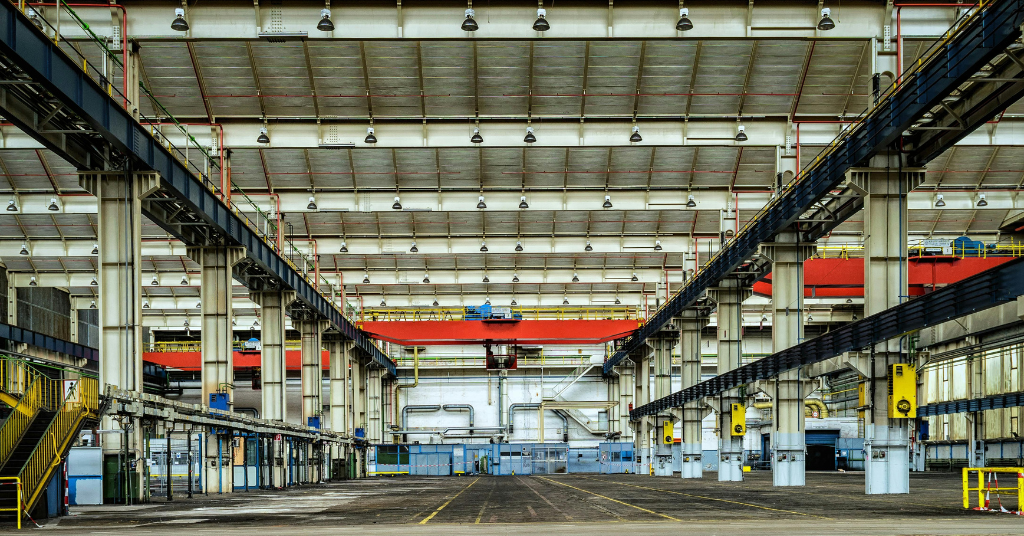A Year in Review
As 2024 concludes, the EU’s Fit for 55 framework takes center stage as a model of climate action. Targeting a 55% reduction in greenhouse gas (GHG) emissions by 2030 compared to 1990 levels, the initiative has seen significant progress this year. From renewable energy milestones to transformative transportation policies, here’s a detailed look at the year’s accomplishments, bolstered by data and real-world examples.
1. Renewable Energy Expansion
Record Renewable Capacity Installed
2024 has been a record-breaking year for renewable energy in the EU:
- 30 GW of solar power and 25 GW of wind energy were added across member states, an increase of 20% compared to 2023.
- This expansion has been driven by:
- Innovative funding mechanisms, such as the EU Green Deal Investment Plan, which mobilized over €1 trillion for green projects.
- Decentralized energy initiatives, like Bavaria’s solar farm cooperatives, which empower local communities to produce and share renewable energy.
- Offshore wind developments, such as the North Sea Wind Power Hub, which connects grids across the Netherlands, Germany, and Denmark to provide sustainable energy to millions.
Breakthroughs in Green Hydrogen
Green hydrogen has emerged as a pivotal technology for decarbonizing heavy industries:
- The Port of Rotterdam Hydrogen Hub became operational, exporting hydrogen across Europe for use in steelmaking, chemical production, and public transit.
- France and Spain introduced hydrogen-powered freight trains and trucks, reducing emissions from logistics by 15% in pilot regions.
2. Transformation of Transportation
Electric Mobility Boom
- EV sales exceeded 2 million units, a 25% increase from 2023, fueled by:
- Incentives like Germany’s Klimabonus, which offered subsidies of up to €6,000 per vehicle.
- Infrastructure expansion, with over 100,000 new charging stations installed EU-wide, particularly in urban and highway locations.
Green Aviation Progress
- The RefuelEU Aviation program made significant strides:
- Airlines including Lufthansa and Air France used sustainable aviation fuels (SAFs) blended with traditional jet fuels, achieving up to 80% reduction in flight emissions.
- Major airports, such as Schiphol in Amsterdam, fully transitioned to
3. Policy Milestones
Carbon Border Adjustment Mechanism (CBAM)
The CBAM, a first-of-its-kind policy, was fully rolled out in 2024. It:
- Applied carbon pricing to imported goods like steel, cement, and aluminum, encouraging global industries to adopt greener practices.
- Encouraged key trading partners such as Turkey and Morocco to begin aligning their industries with EU standards, extending the global reach of climate policy.

Source: Carbon Gap
Energy Efficiency Advancements
New energy performance standards for buildings have driven measurable change:
- Milan’s retrofitting program updated insulation and HVAC systems in over 10,000 older buildings, cutting energy use by 20%.
- Public buildings across Sweden implemented smart energy systems, reducing average energy consumption by 15%.
Key Outcomes of 2024
The EU’s collective efforts have produced remarkable results:
- 12% reduction in GHG emissions compared to 2023, setting a strong trajectory toward the 55% goal by 2030.
- An increase in renewable energy’s share of total energy consumption, reaching 40% across the EU.
- Enhanced public participation, with 80% of households in Germany and Sweden adopting clean energy sources.
Looking Ahead
Despite these achievements, challenges remain:
- Meeting the Fit for 55 goals requires scaling renewable capacity to 600 GW by 2030, compared to the current ~450 GW.
- Infrastructure for green hydrogen and sustainable aviation fuels needs rapid expansion to keep pace with demand.
However, the progress in 2024 is a testament to what coordinated action and innovative policies can achieve. As the EU gears up for 2025, its commitment to sustainability remains a beacon for global climate efforts.
Sources and references:
https://www.portofrotterdam.com/en/port-future/energy-transition/ongoing-projects/hydrogen-rotterdam




